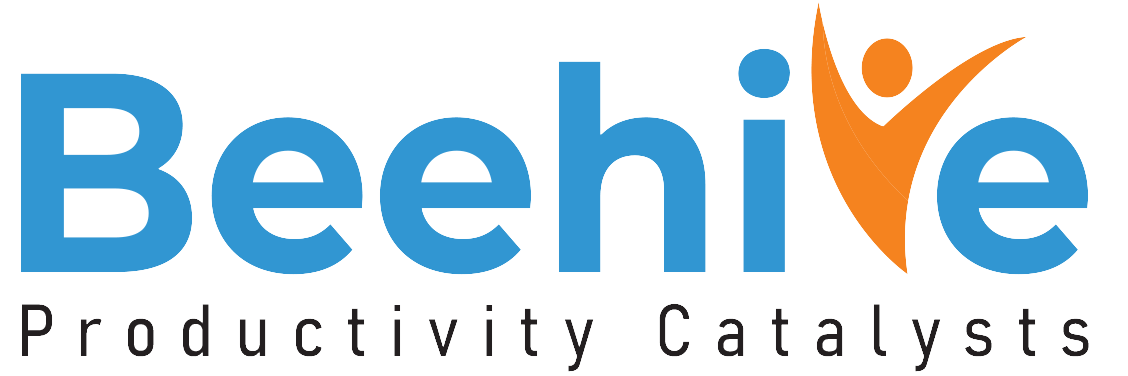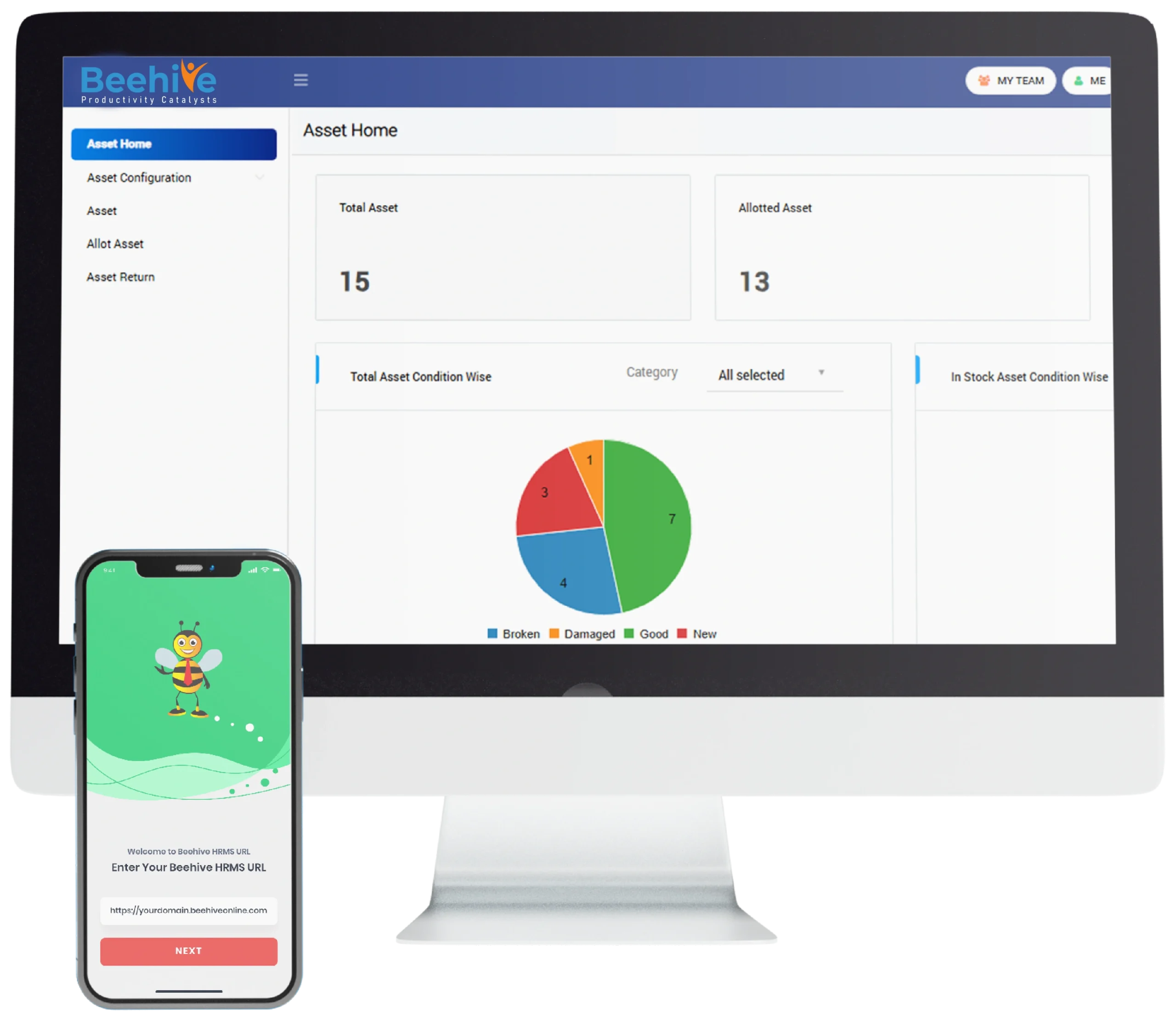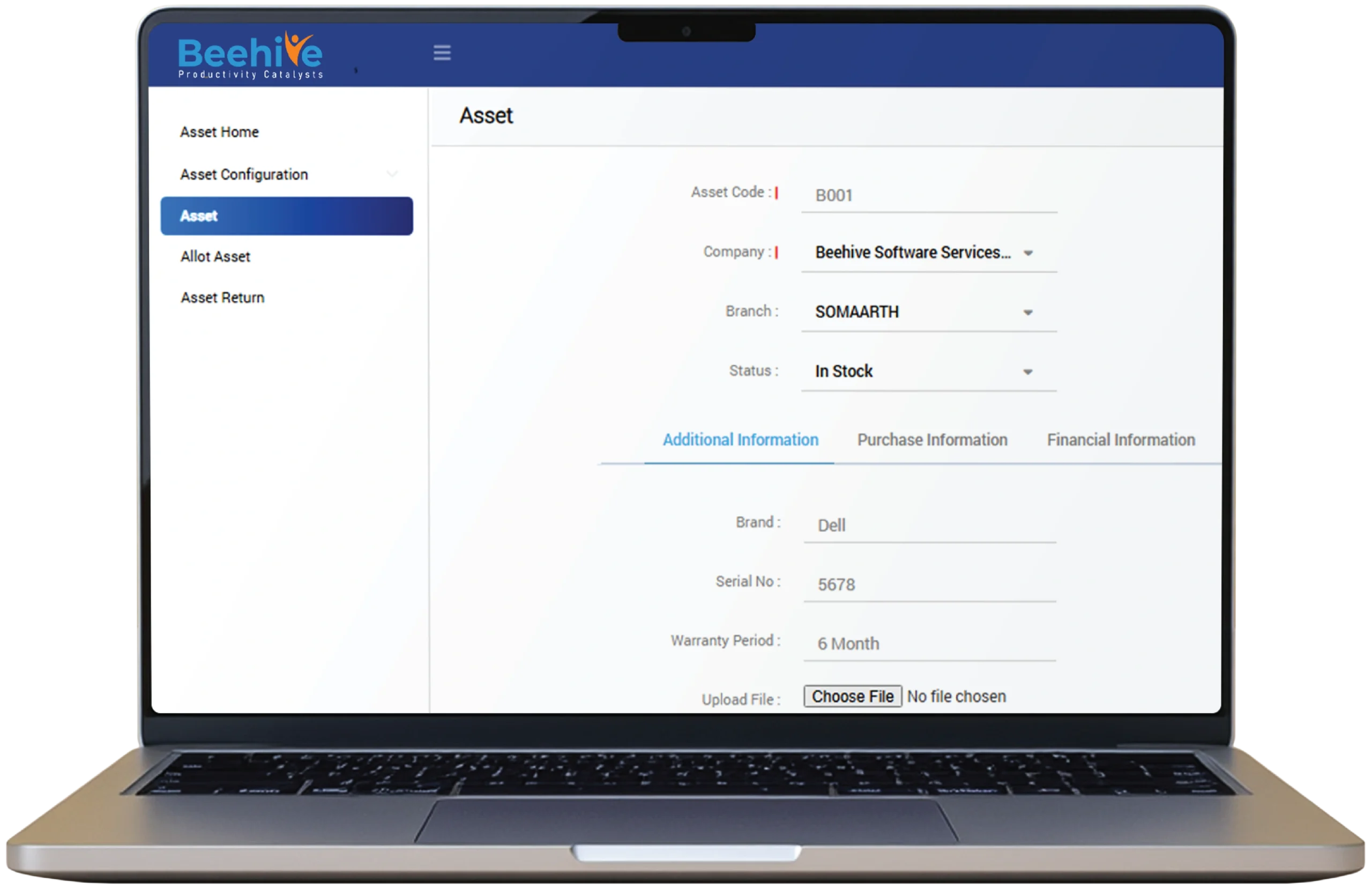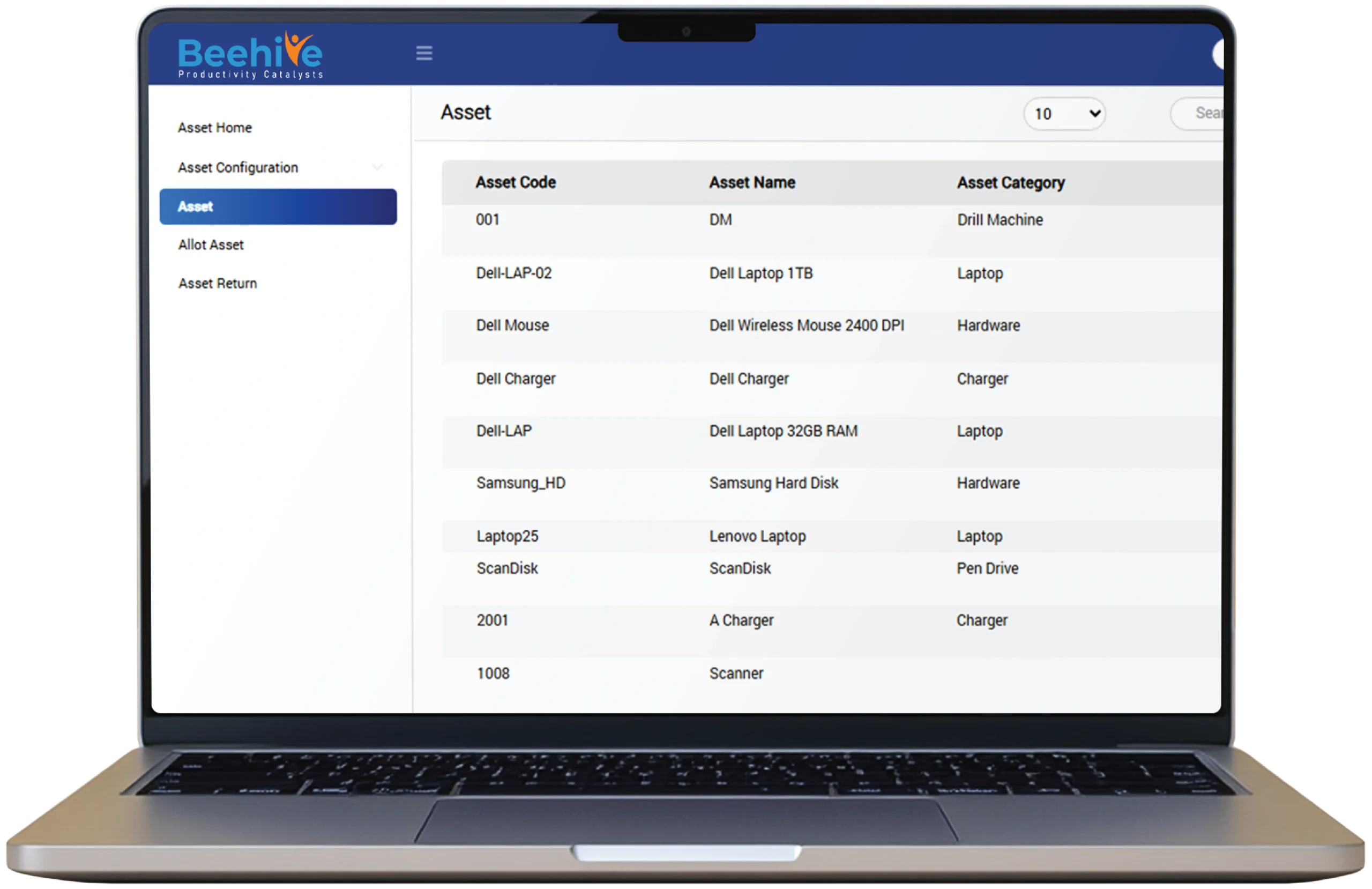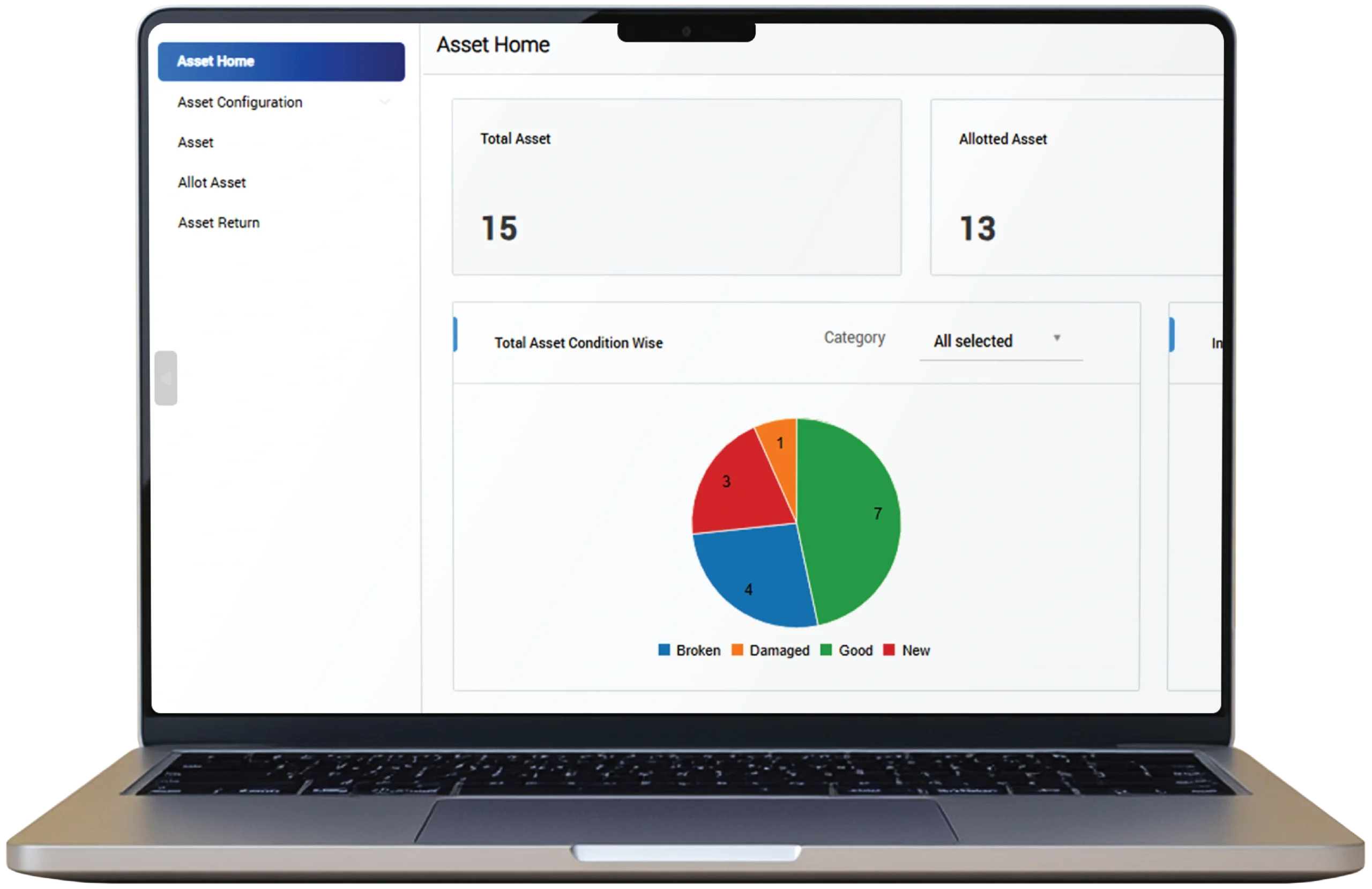Asset Management
Turn Assets into Strategic Advantage, Not Liabilities
For companies of all sizes, asset management helps safeguard investments, prevent loss, improve operational efficiency, and supports compliance. Without it, businesses risk data breaches, unnecessary expenses, and major inefficiencies.
Stop Letting Company Assets Slip Through the Cracks
- Was it a laptop?
- A headset, a phone ?
- An access cards or locker?
The Scramble Begins...
You start scrambling through emails, sifting drives, checking with different departments, and hoping nothing expensive walks out the door.
Emails
Drives
Drives
Departments
Sounds familiar? You need a smart solution to track what you own and who has it.


Poor Asset Management is Costing You - Untracked Assets = Hidden Costs & Lost Profits
The Invisible Inventory - The Silent Profit Drain of Unseen Assets
Dreading Exit Process - Exit Chaos Ends with Smarter Asset Recovery
Procurement Blind Spot - Make Every Purchase Count with Clear Visibility
Beehive Asset Management: From Chaos to Complete Control
01
End-to-End Asset Lifecycle Visibility
Impact: Reduce asset losses by 78% and increase asset utilization by 52%.
04
Smart Procurement Intelligence
Result: Reduce redundant purchases by 34% through data-based planning.
Your Assets Have Value; Get the System That Reflects It.
Centralize, Track, and Control Assets with Ease
FAQ
What is Asset Management in Beehive HRMS?
Asset Management in Beehive HRMS helps track, allocate, and monitor company-owned assets like laptops, phones, and equipment throughout the employee lifecycle.
How does Asset Management reduce losses?
By maintaining digital records and tracking assignments, it prevents asset misplacement, duplication, and unauthorized usage.
Can I track depreciation of assets?
Yes, Beehive HRMS allows tracking asset lifecycle, depreciation, and history for accurate financial reporting.
Does the system support asset allocation and return?
Absolutely, you can allocate, transfer, and record asset return seamlessly.
Can assets be linked with employee profiles?
Yes, every asset is mapped to an employee, ensuring full accountability and audit readiness.
Is mobile access available for asset tracking?
Yes, HR and managers can update or view asset records from Beehive’s mobile app.
How does Asset Management improve compliance?
It maintains detailed logs and asset histories, making audits and compliance checks faster and more accurate.




Your Assets Have Value Get the System That Reflects It.
* Results based on aggregated customer feedback and may vary by organization.

